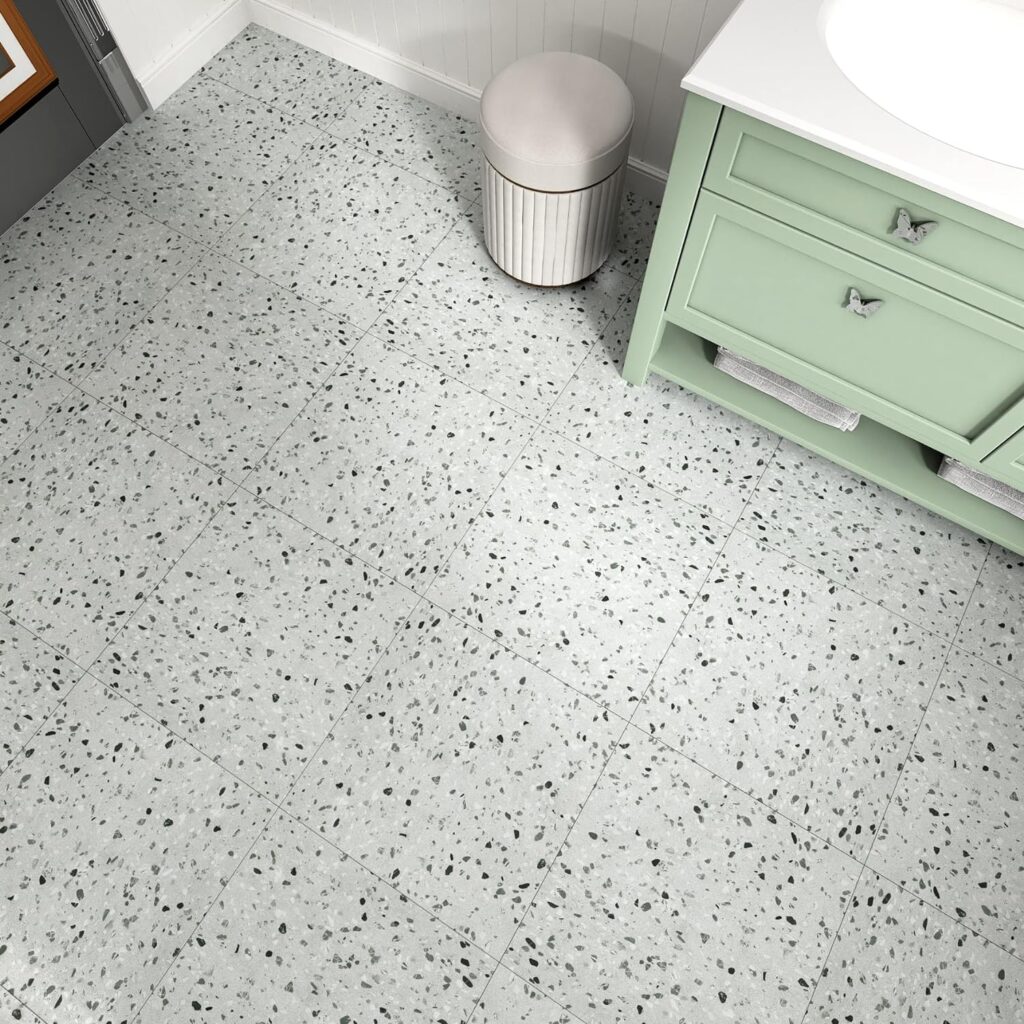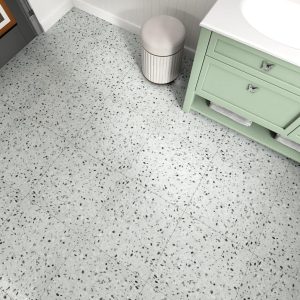Epoxy terrazzo flooring is a versatile and stylish option that has gained popularity in both classic and contemporary interior design. With its timeless elegance and modern appeal, epoxy terrazzo flooring offers endless possibilities for creating unique and captivating spaces. From classic designs that pay homage to the traditional terrazzo floors of ancient times to contemporary interpretations that feature bold colors and innovative patterns, there are numerous styling ideas to explore with epoxy terrazzo flooring.
In this article, we’ll delve into a range of styling ideas for epoxy terrazzo flooring, spanning from classic to contemporary designs. Whether you’re aiming to evoke the charm of old-world elegance or to infuse your space with a fresh and modern vibe, epoxy terrazzo flooring provides a versatile canvas to bring your design vision to life. Join us as we explore the diverse world of epoxy terrazzo flooring and discover inspiring ideas to elevate your interior design with its timeless beauty and contemporary flair.

Composition and Materials Used
Epoxy terrazzo flooring is composed of a combination of resin binder and aggregates, which determines its strength, appearance, and longevity. The main components are epoxy resin, marble or glass chips, and sometimes pigments for added color. The epoxy resin acts as the binder, holding the aggregate together and providing a smooth, durable surface. Unlike cement-based terrazzo, epoxy resin cures faster, is more flexible, and can resist cracking and staining.
Aggregates such as marble, quartz, granite, or recycled glass chips are added to the resin. The choice of aggregate influences the final appearance of the floor, including color, texture, and reflectivity. Marble chips give a classic, luxurious look, while colored glass chips add a contemporary touch. Additionally, recycled aggregates are increasingly used for eco-friendly projects, helping reduce environmental impact.
Pigments and dyes are mixed with the resin to achieve vibrant, customizable colors. This allows designers to create unique patterns, gradients, or logos in the flooring. Epoxy terrazzo can also incorporate metallic flakes or luminescent aggregates for special effects in commercial or high-end residential projects.
A proper mix ratio of resin and aggregates is crucial to achieve optimal strength and aesthetics. Professional installation ensures that the surface is smooth, level, and free from bubbles or imperfections. With careful material selection and precise installation, epoxy terrazzo flooring offers a combination of beauty, durability, and versatility that is unmatched by many other flooring options.
Benefits of Epoxy Terrazzo Flooring
Epoxy terrazzo flooring offers numerous benefits, making it a popular choice for both residential and commercial projects. One of its most notable advantages is durability. Epoxy terrazzo is highly resistant to wear, scratches, stains, and chemical spills, making it ideal for high-traffic areas such as airports, hospitals, and shopping centers. Its long lifespan ensures a cost-effective investment over time.
Another key benefit is design flexibility. With a wide variety of aggregates, colors, and pigments, epoxy terrazzo allows for custom patterns, logos, or intricate designs. Designers and architects can achieve visually striking floors tailored to specific interior themes, creating unique aesthetics that are difficult to replicate with other flooring materials.
Epoxy terrazzo is also low-maintenance. Its seamless, non-porous surface prevents dirt, dust, and bacteria from penetrating, making cleaning straightforward. Regular mopping and occasional polishing are sufficient to maintain its shine. This hygienic quality makes it particularly suitable for hospitals, schools, and food service areas.
Eco-friendliness is another advantage. Many projects use recycled glass or marble aggregates, reducing environmental impact. Additionally, epoxy terrazzo requires fewer resources for maintenance compared to carpet or vinyl flooring.
Finally, epoxy terrazzo is compatible with underfloor heating, providing comfort in residential and commercial spaces. Its resistance to moisture and chemical exposure adds another layer of functionality. Overall, epoxy terrazzo flooring combines strength, beauty, and sustainability, making it a top choice for contemporary interiors.
Installation Process of Epoxy Terrazzo
The installation process of epoxy terrazzo flooring is detailed and requires professional expertise to ensure a flawless and long-lasting finish. The first step involves preparing the subfloor, which must be clean, level, and free of cracks or debris. Any imperfections can affect adhesion and the final appearance. Concrete subfloors are commonly used, but epoxy terrazzo can also be applied over other surfaces with proper preparation.
Next, the epoxy resin is mixed with pigments and aggregates to achieve the desired color and design. The mixture is poured onto the prepared subfloor and spread evenly using trowels. During this stage, designers may add decorative patterns, logos, or inserts to enhance the floor’s aesthetics. Precision and attention to detail are crucial to avoid air bubbles or uneven surfaces.
After spreading, the floor is allowed to cure for several hours, depending on the resin type and ambient temperature. Once fully cured, the surface is ground and polished to achieve a smooth, glossy finish. Grinding removes any irregularities and exposes the aggregate, enhancing the floor’s natural beauty. Finally, a sealer or topcoat is applied to protect the surface from stains, moisture, and wear.
The total installation time varies depending on floor size, complexity, and design. While epoxy terrazzo installation may require more time and investment compared to other flooring types, the results are seamless, durable, and visually stunning. Proper installation ensures longevity, low maintenance, and a floor that retains its elegance for decades.
The most important frequently asked questions about Epoxy Terrazzo Flooring
Is epoxy terrazzo durable?
Yes, it is extremely durable and suitable for high-traffic areas.
Can epoxy terrazzo be used indoors?
Yes, it is ideal for indoor spaces like malls, hospitals, and offices.
Is epoxy terrazzo waterproof?
Yes, epoxy terrazzo is non-porous and resistant to water and moisture.
Can it be customized?
Yes, you can choose colors, chip types, patterns, and designs.






